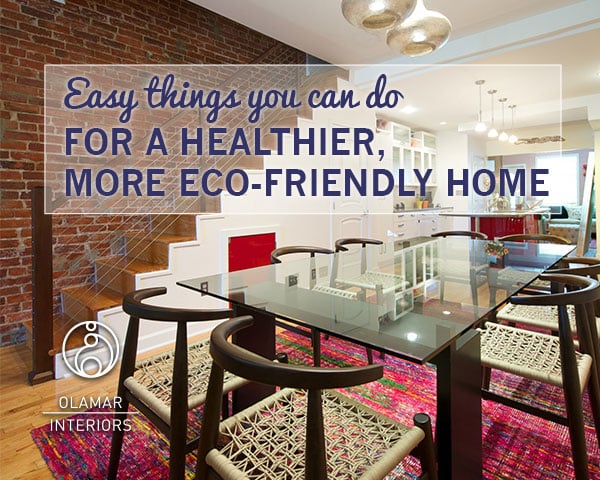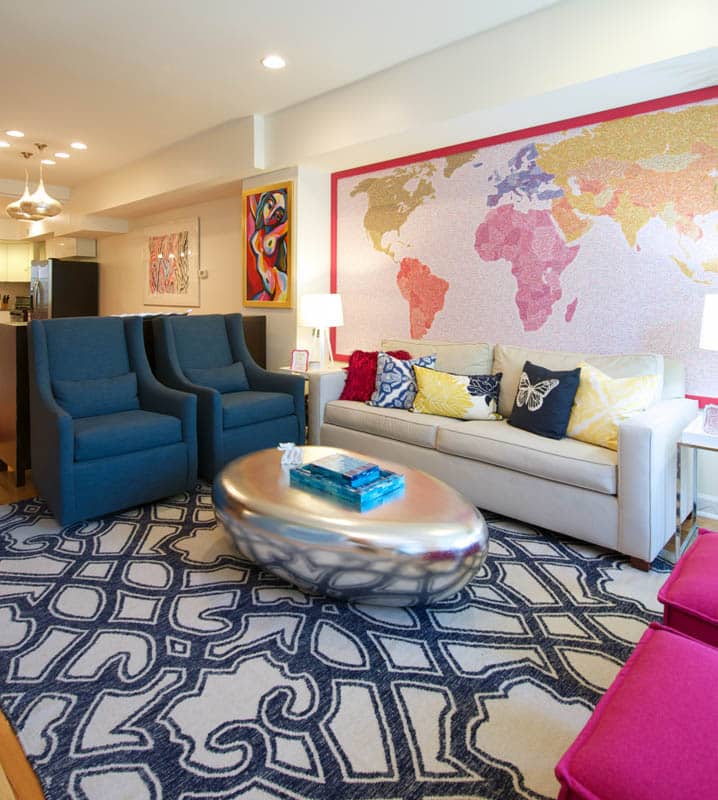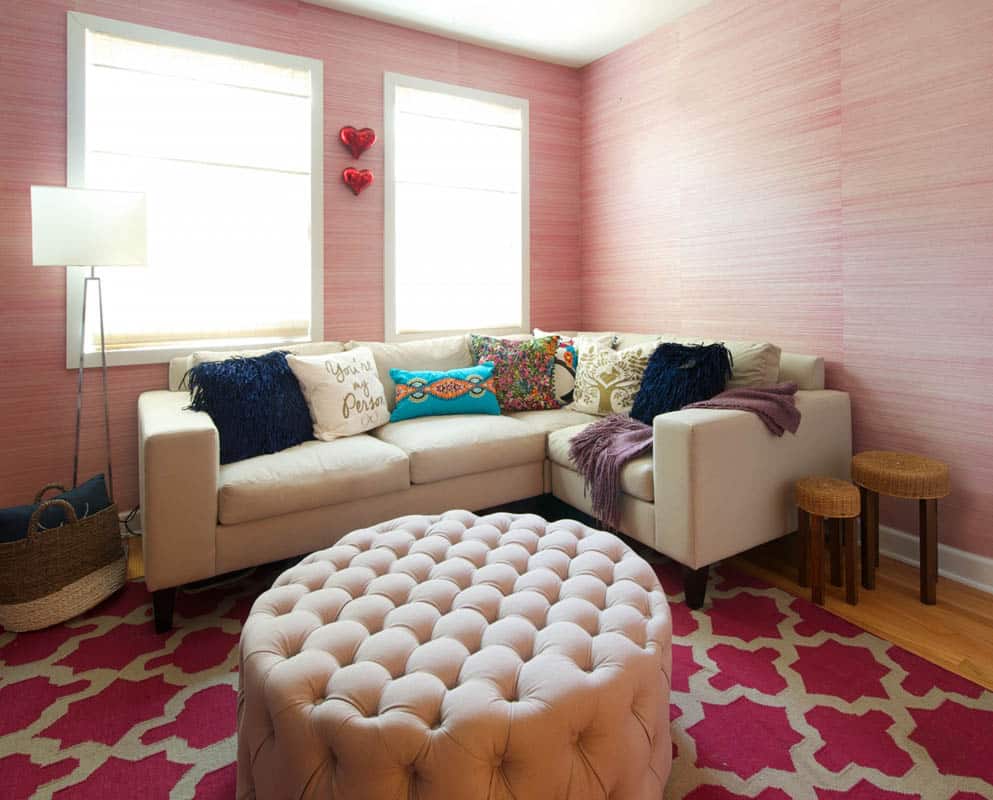Many people become overwhelmed when considering how to make their home healthier and more eco-friendly or “green.” Many feel like they don’t know enough about the subject, or don’t know what resources are available to them. They aren’t sure what questions to ask furniture vendors or designers. Others feel it may become overly expensive. The truth is that, although it could be expensive and overwhelming to undertake a complete overhaul of your home, there are some simple steps you can start taking now to help you move toward a healthier, greener home. Here are a few simple ideas:
Consider purchasing Energy Star-rated appliances – The next time you have to purchase a new appliance, such as a washer, dryer, dishwasher or microwave, ensure that the new appliance you are purchasing is Energy Star rated. This will reduce the amount of electricity consumed in your home and will save you a substantial amount of money in the long run.
Use low/no VOC paints – VOCs – volatile organic compounds – are very unhealthy for you and for the environment. They are found in things like paints, adhesives and finishes used on your paint/wall finishes, furniture, accessories, cabinetry, etc. They can cause headaches and dizziness, exacerbate asthma and are suspected of being major carcinogens. Consider purchasing paints that are certified as low/no VOCs and don’t hesitate to ask furniture vendors about how pieces have been finished/sealed. Take a little time to look at the SFC’s website for manufacturers that are using healthier finishes and how to find these manufacturers locally.
Recycle old furniture – Refuse, reuse and recycle are still truly the simplest things you can do to be a little more earth-friendly. Many donation centers will take your old furnishings and resell them at low prices for a good cause. Many will even come and pick up your good-condition furniture. Or, consider giving an old piece new life by repurposing it in some fun, unique way. Repaint it (using low/no VOC finishes), or reupholster it (using organic or less environmentally taxing fabrics such as wool or sustainably sourced leathers).
Consider energy loss from your windows – If changing out your windows for energy efficient ones is not an option currently, considering dressing them to insulate and managing light/heat. Buying the right window covering can help you save energy and money in the long run. Thicker-lined shades or draperies can help keep heat and cool in or out depending on the season. Solar/roller shades can help with light/heat/energy control depending on the orientation of your home. A knowledgeable professional can help you with your specific energy efficiency needs. The overall savings is very worth the initial investment in better treatments.




